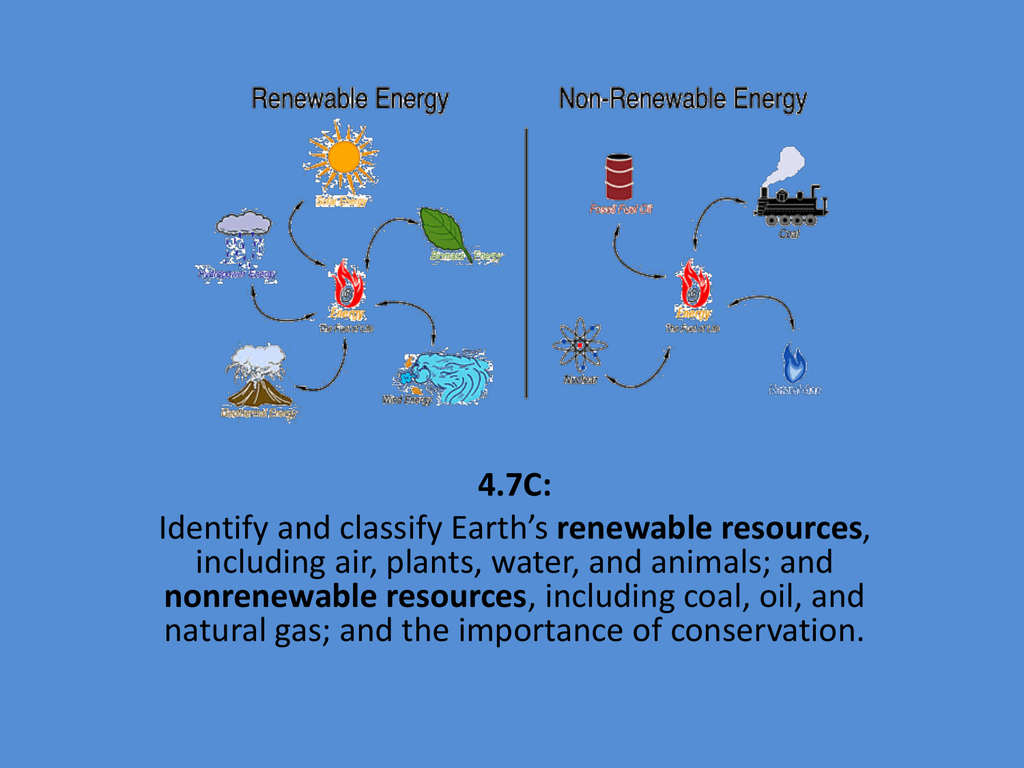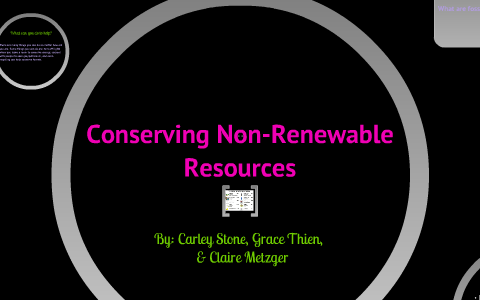Conserving renewable and nonrenewable resources is crucial for maintaining a healthy and sustainable planet for future generations. Renewable resources, such as solar and wind power, can be replenished naturally, whereas nonrenewable resources, such as fossil fuels, are finite and cannot be replaced once they are used up. Both types of resources play important roles in our daily lives and need to be carefully managed in order to ensure their availability for the future.
One way to conserve renewable resources is to use them efficiently. For example, using energy-efficient appliances and lighting can significantly reduce the amount of electricity we use, which helps to conserve the renewable energy sources that provide it. Similarly, conserving water by fixing leaks, using drought-resistant plants, and taking shorter showers can help to preserve this valuable resource.
Another way to conserve renewable resources is to invest in technology that helps to harness them more effectively. For example, advances in solar panel technology have made it possible to generate electricity from the sun more efficiently, which can help to reduce our reliance on fossil fuels. Similarly, the development of wind turbines has made it possible to generate electricity from the wind, which is a clean and renewable source of energy.
In addition to conserving renewable resources, it is also important to carefully manage nonrenewable resources, such as fossil fuels, in order to ensure their availability for the future. One way to do this is to use these resources efficiently and reduce our reliance on them. For example, using public transportation, carpooling, or driving fuel-efficient vehicles can help to reduce our consumption of fossil fuels.
Another way to conserve nonrenewable resources is to invest in alternatives, such as renewable energy sources or technologies that can help to reduce our reliance on fossil fuels. For example, the development of electric vehicles has made it possible to reduce our dependence on gasoline and other fossil fuels, which can help to conserve these resources for future generations.
In conclusion, conserving renewable and nonrenewable resources is essential for maintaining a healthy and sustainable planet. By using these resources efficiently, investing in technology that helps to harness them more effectively, and reducing our reliance on nonrenewable resources, we can ensure their availability for the future and preserve the health of our planet for generations to come.









